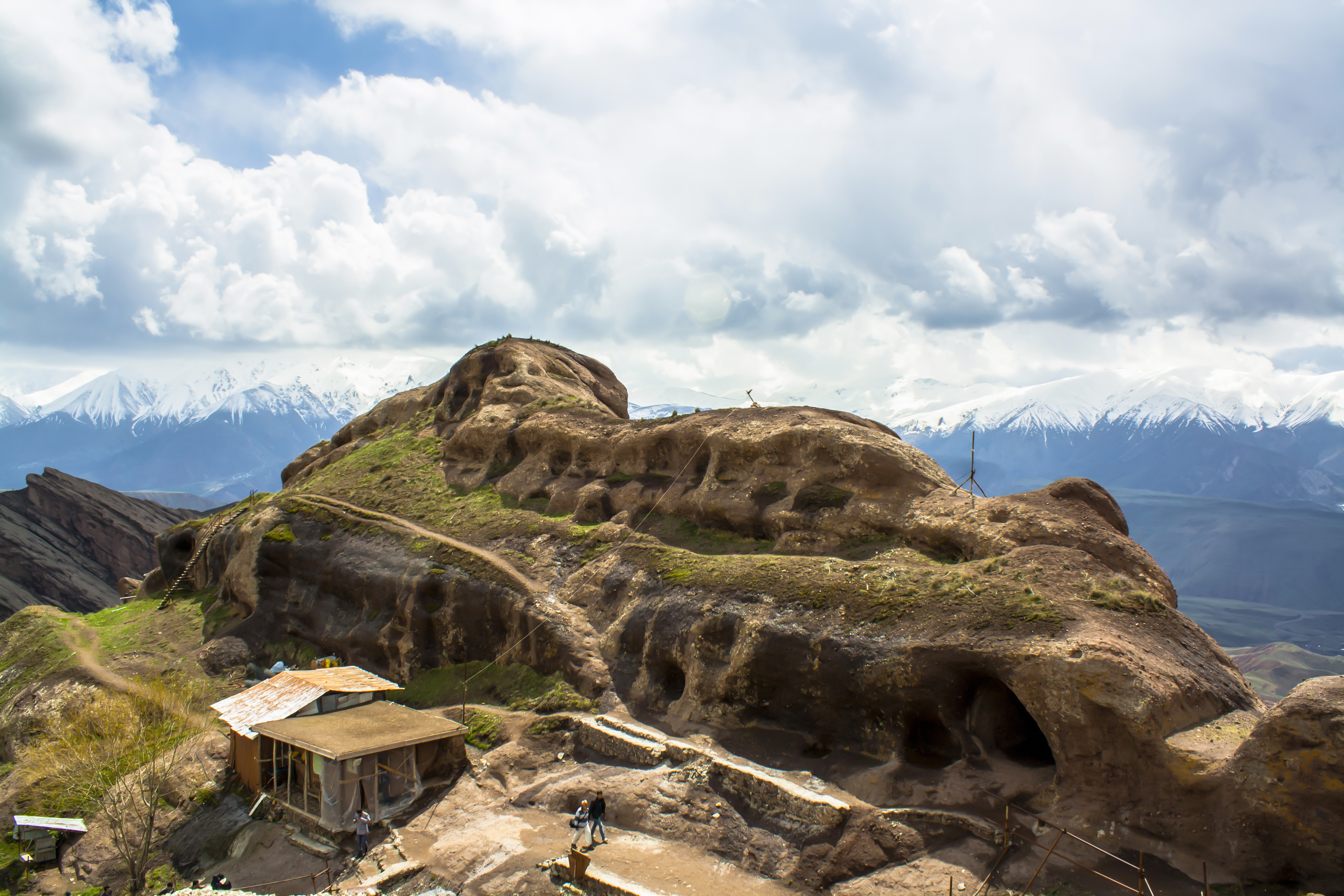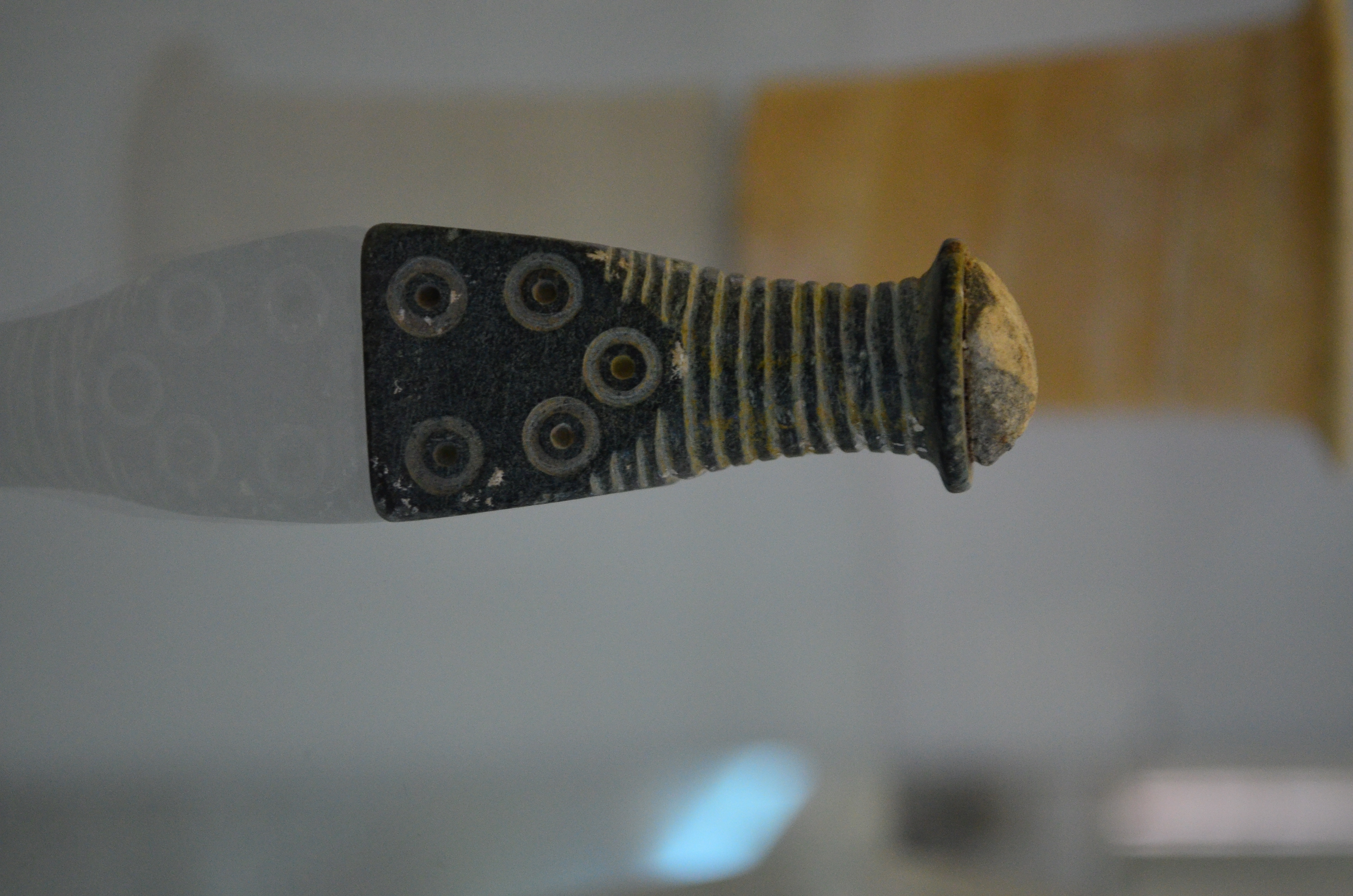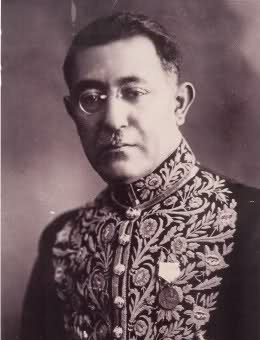Time Periods
Paleolithic
Mesolithic
Neolithic
Chalcolithic
Bronze Age
Iron Age
Classical Period
Post-Classical Period
Early Modern Period
Industrial Period
Contemporary Period
Time Periods
Paleolithic
Mesolithic
Neolithic
Chalcolithic
Bronze Age
Iron Age
Classical Period
Post-Classical Period
Early Modern Period
Industrial Period
Contemporary Period
Location
About
Teppe Hasanlu, located in northwest Iran near Lake Urmia, is a crucial archaeological site offering insights into ancient civilizations from the Neolithic through the post-classical periods. The site features a central citadel with massive fortifications and a surrounding low outer town, revealing a complex urban structure. It was inhabited almost continuously from the 6th millennium BCE to the 3rd century CE, experiencing significant cultural shifts, especially during the Middle and Late Bronze Ages. The city's destruction around 800 BCE, likely by Urartian forces, left a well-preserved layer of artifacts and human remains akin to a Pompeii of the Near East. The site is renowned for the discovery of the Golden Bowl of Hasanlu and provides valuable evidence of cultural interactions and shifts in the ancient Near East.
Gallery
Explore photographs of ancient structures, artifacts, and archaeological excavations at Teppe Hasanlu



Archaeological Features
Explore the unique architectural and cultural elements found at this historical site
Defensive Structures
Burial and Funerary Structures
Industrial and Craft Structures
Religious and Ritual Structures
Domestic and Habitation Structures
Historical Timeline
Journey through time and discover key events in this site's archaeological history
Plan Your Visit
Details
- Country
- Iran
- Source
- Wikipedia
More Sites in Iran

Tepe Sialk
Ancient multi-phase mound in central Iran

Great Wall of Gorgan
Sasanian-era defensive wall in Iran

Tepe Giyan
Necropolis with distinctive pottery in Iran.

Tepe Yahya
Circular mound with Proto-Elamite occupation

Sari, Iran
Ancient city with rich archaeological history

Istakhr
Ancient city with religious and defensive structures.